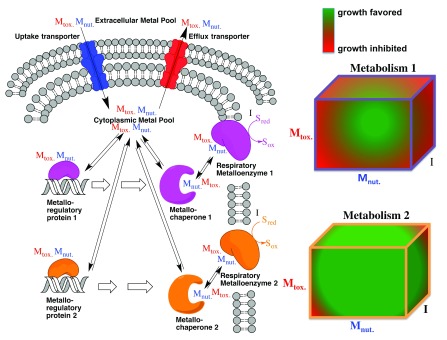Figure 3. Toxic metals (M tox.) interfere with the metabolism of essential, nutrient metals (M nut.).
The influence of a toxic metal will vary depending on the metabolism. For example, metabolism 1 and metabolism 2 could be aerobic respiration, nitrate reduction, sulfate reduction, and photosynthesis. Similarly, other metals (I) can serve as antimetabolic inhibitors of respiratory enzymes, competing with substrate (S red) for binding and turnover to product (S ox). Depending on the inhibitory potency of the toxic metal (M tox.), the requirements of the essential metal (M nut.), and the inhibitory potency of a respiratory inhibitor (I), different metabolisms will have different environmental ranges in response to metal gradients.

